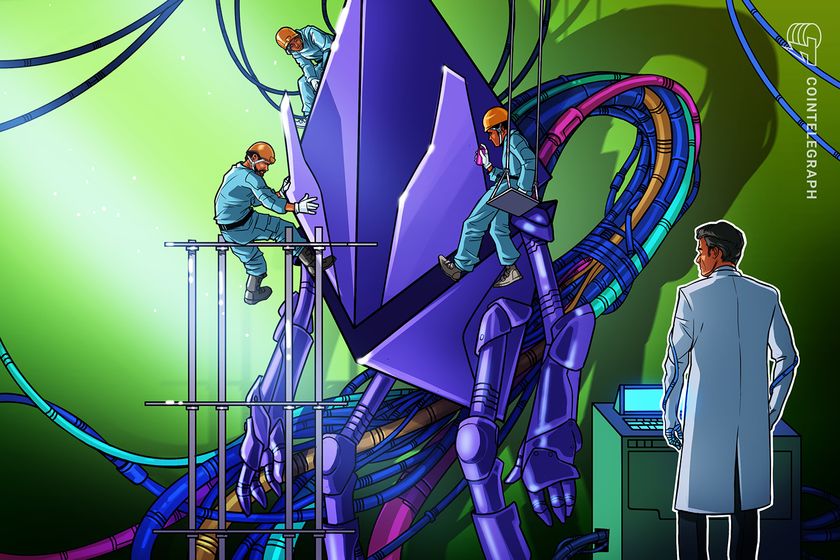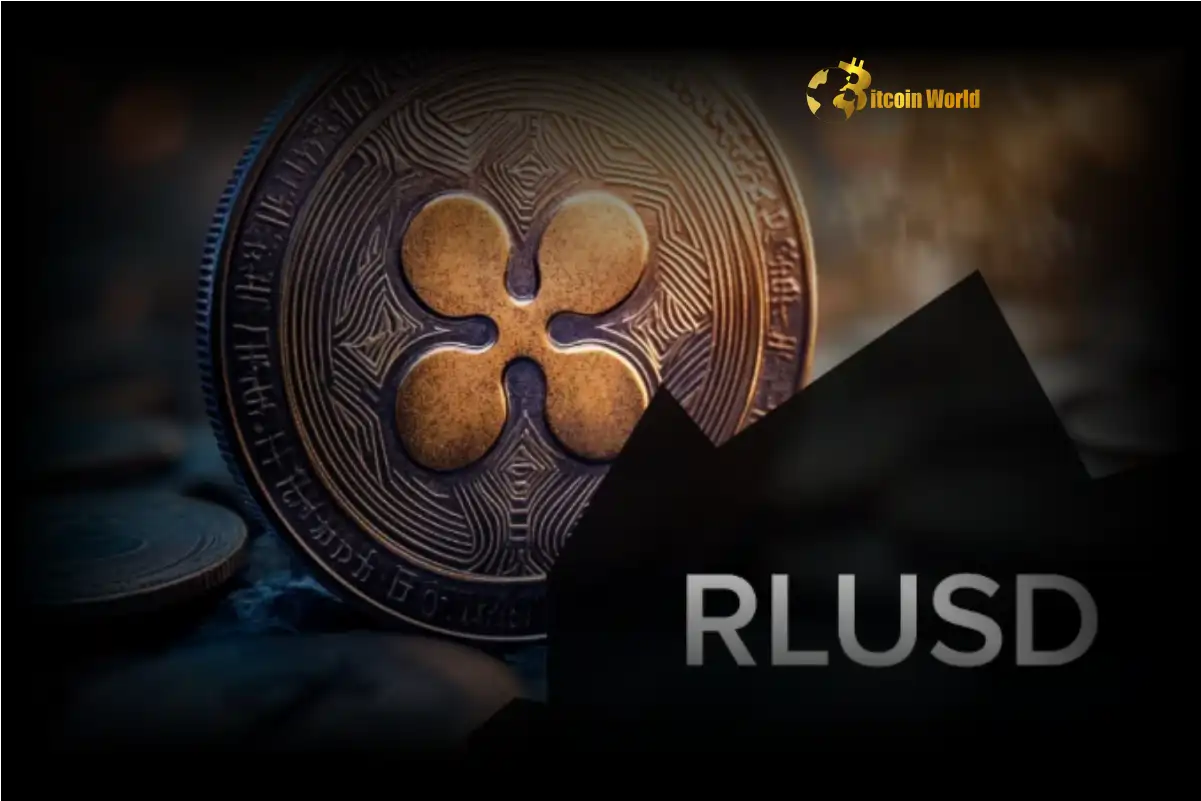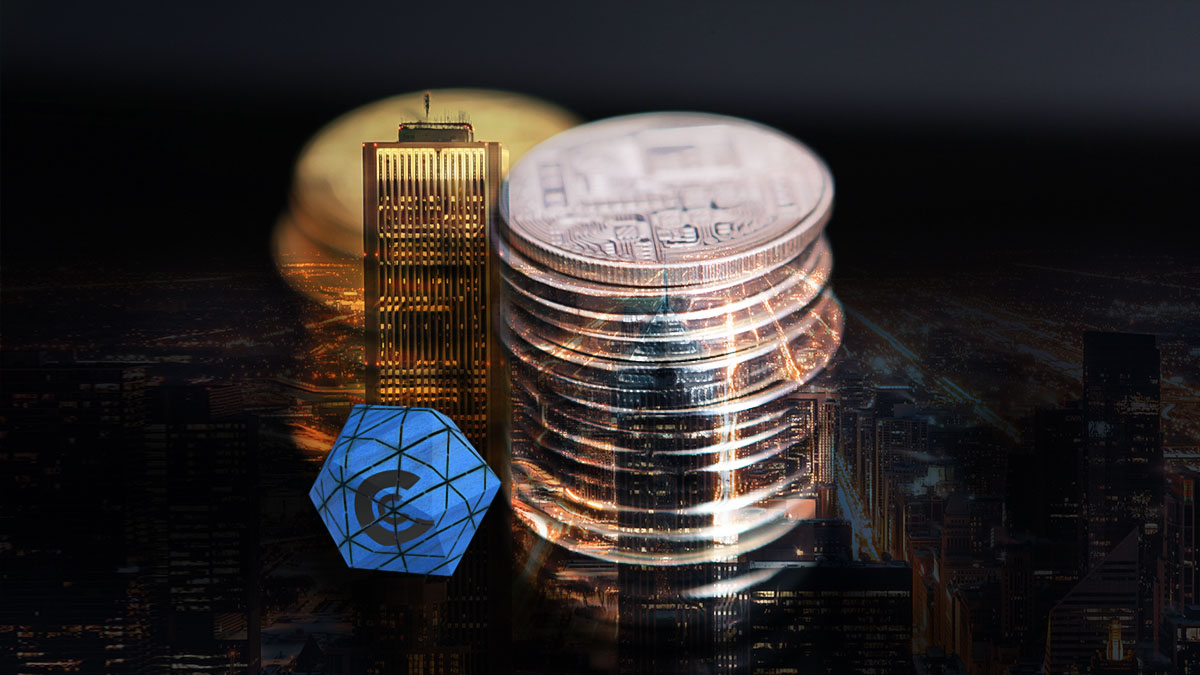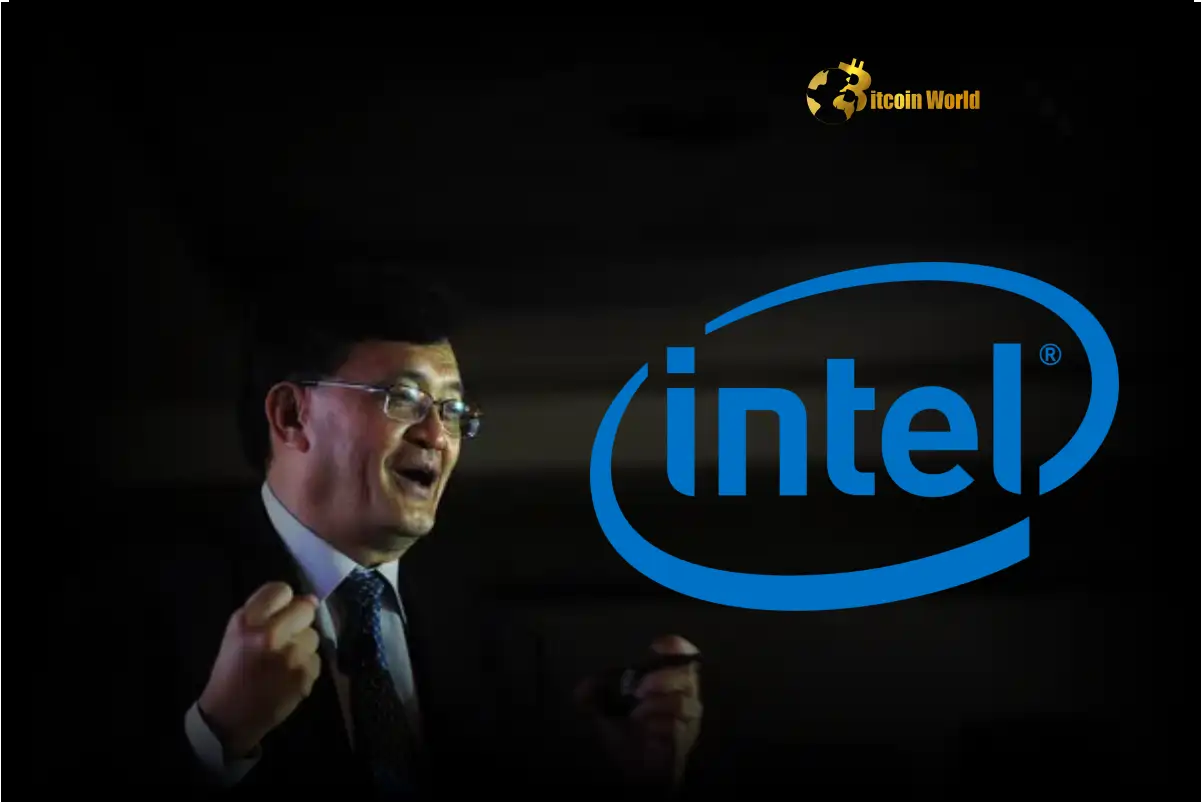Get ready for a seismic shift in the tech world! Intel, the iconic semiconductor giant, is charting a new course under the leadership of its freshly appointed CEO, Lip-Bu Tan. In a strategic move that’s sending ripples through the industry, Tan has announced a significant restructuring plan: Intel will spin off its non-core units. This bold decision signals a pivotal moment for Intel and the broader semiconductor landscape. But what exactly does this mean for the future of Intel and the tech industry? Let’s dive deep into this game-changing announcement.
Intel Spin-Off: A Strategic Restructuring for a New Era
At the Intel Vision conference, all eyes were on Lip-Bu Tan, the new CEO stepping into the shoes previously filled by Pat Gelsinger. Tan wasted no time in outlining his vision for the future of Intel. The headline-grabbing announcement? A strategic spin-off of business units deemed non-core to Intel’s primary mission. While the specifics of which units are on the chopping block remain shrouded in mystery, the message is crystal clear: Intel is streamlining its operations to focus on its core strengths. This move is not just about trimming the fat; it’s a fundamental strategic restructuring aimed at sharpening Intel’s competitive edge in the rapidly evolving tech market.
Why a Spin-Off Strategy Now?
The tech industry is in constant flux, and the semiconductor giant arena is no exception. Intel has faced increasing pressure in recent years, navigating challenges from competitors and adapting to new technological paradigms. This strategic spin-off can be viewed as a proactive measure to:
- Enhance Focus: By divesting non-core units, Intel can channel its resources and energy into its most profitable and strategically important divisions. This laser focus can accelerate innovation and improve efficiency in core areas.
- Unlock Value: Spinning off certain units can unlock shareholder value. These units, operating independently, might attract more investment and grow faster, potentially benefiting Intel in the long run through retained stakes or future partnerships.
- Adapt to Market Dynamics: The semiconductor market is becoming increasingly specialized. Spinning off units might allow Intel to adapt more quickly to specific market demands and emerging technologies, like the booming AI chip sector.
Lip-Bu Tan: The Architect of Change
Lip-Bu Tan‘s appointment as CEO signals a significant shift in Intel’s leadership. His background and experience likely play a crucial role in this strategic direction. Having joined as CEO on March 18th, after a brief stint on the board, Tan is not an outsider. He understands Intel’s inner workings but also brings a fresh perspective needed for transformative change. His swift announcement of the spin-off plan demonstrates decisiveness and a clear intent to reshape Intel for future success.
What Could Be Considered Non-Core?
While Intel remains tight-lipped about which units are considered non-core, speculation is rife. Potential candidates for spin-off could include:
- Legacy Businesses: Units focused on older technologies or markets that are no longer central to Intel’s growth strategy.
- Non-Synergistic Divisions: Businesses that don’t strongly align with Intel’s core semiconductor design and manufacturing capabilities.
- Units with Limited Growth Potential: Divisions that might be profitable but are not projected to be major growth drivers in the future.
It’s crucial to remember that this is speculative. Intel could surprise the market with its definition of “non-core.”
The Semiconductor Giant’s Future Strategy: Beyond Spin-Offs
Tan’s announcements at the Intel Vision conference weren’t solely focused on spin-offs. He also highlighted Intel’s commitment to innovation and expansion in key areas. Notably, Intel plans to launch new products, including custom semiconductors tailored to specific customer needs. This move signals a strategic shift towards greater customer centricity and diversification within the semiconductor market. By offering custom solutions, Intel aims to capture a larger share of the specialized chip market, including the rapidly growing demand for AI chips and other application-specific integrated circuits (ASICs).
Implications for the Cryptocurrency and AI Sectors
While not directly mentioned in the announcement, Intel’s strategic restructuring has potential implications for the cryptocurrency and AI sectors. A more focused and agile Intel could lead to:
- Enhanced Chip Innovation: A streamlined Intel could accelerate the development of cutting-edge processors, including those optimized for AI and potentially even cryptocurrency mining (though less likely given current trends).
- Increased Competition: A revitalized Intel could intensify competition in the semiconductor market, potentially driving down prices and fostering innovation across the board, benefiting industries reliant on powerful computing.
- Custom AI Chip Advancements: Intel’s commitment to custom semiconductors could lead to breakthroughs in AI chip technology, powering more efficient and powerful AI applications, which are increasingly relevant to the cryptocurrency and blockchain space.
No Break-Up on the Horizon (Yet)
Despite the significant spin-off announcement, Lip-Bu Tan clarified that a complete break-up of the company is not currently on the table. This contrasts with some previous speculations about more drastic restructuring scenarios. For now, Intel seems committed to optimizing its existing structure through strategic divestments rather than a complete overhaul. However, the situation remains dynamic, and future strategic decisions will undoubtedly depend on the success of this initial spin-off strategy and evolving market conditions.
The Road Ahead for Intel
Intel’s decision to spin off non-core units marks a pivotal moment in its history. Under Lip-Bu Tan‘s leadership, the semiconductor giant is embarking on a path of strategic realignment, aiming to sharpen its focus, enhance its competitiveness, and drive future growth. The specifics of the spin-off and its long-term impact remain to be seen, but one thing is clear: Intel is not standing still. It’s actively reshaping itself to navigate the challenges and opportunities of the ever-evolving tech landscape. This bold move could be the catalyst Intel needs to reclaim its position at the forefront of the semiconductor industry.
To learn more about the latest AI market trends, explore our article on key developments shaping AI features.
AI News – BitcoinWorld – Read More










